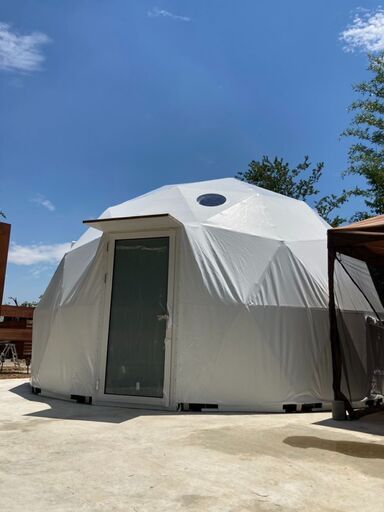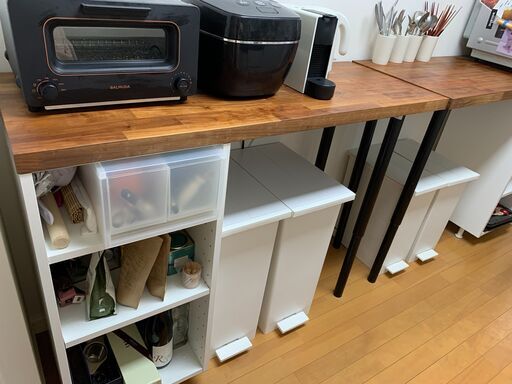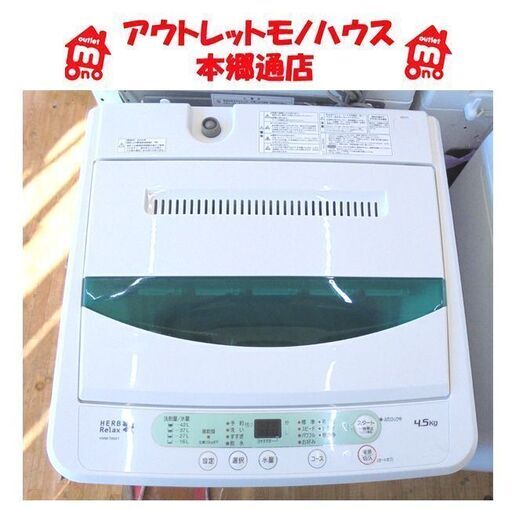商品の詳細
商品の説明
最新のクチコミ
注文番号313632-20221010-0053846492
初めてシャワーヘッドを交換しました。
水圧はほとんど気にならないです。
シャワーもあたりが柔らかで気持ちがいいです。ただシャワーの範囲が思っていたよりも狭く、ニンファプラスでもよかったかなと思いました。
- WZV*****さん
- 34歳
- アトピー
- クチコミ投稿 1件
購入品
168センチと長身のため丈が少し短めくるぶしより2センチ位上になりました
お腹、お尻 太もも共に余裕がありストレッチも効いていて履き心地は良いです🎵お値段もお安いですし満足です
- ROL*****さん
- 18歳
- アトピー
- クチコミ投稿 2件
購入品
リピート購入です。履きやすくて動きやすく温かいのでセールでリピートしました。自転車に乗ると足首が見えるのでもう少し丈が長いと嬉しいです。
- BLR*****さん
- 43歳
- アトピー
- クチコミ投稿 3件
購入品
ヘッドを交換してシャワーの音を聞いていると水圧強くて痛いのかな?と思いましたが、いざ浴びてみると柔らかい当たりで驚きました。
とても軽いですし満足です。
今回アタッチメントは必要なかったですが、色々な種類のアタッチメントが同梱されていたので、次の引越しの時も安心です。
- ZCE*****さん
- 51歳
- アトピー
- クチコミ投稿 2件
購入品
暖かそうなダウンです。
届いて分かったのですが、細かなラメが入っています。
そして、金ボタンやファスナーの金が予想以上にキラキラに感じます。
綺麗めに着こなす方にはいいと思います。
- PUV*****さん
- 50歳
- アトピー
- クチコミ投稿 3件
購入品
9月12日に購入の胡蝶蘭が、本日平成29年2月12日現在まだいきいきとしています。玄関に咲き誇っております。花が落ちたのは1個だけです。
こんなに長持ちするのでしょうか。とても満足しています。ありがとうございます。
- IDX*****さん
- 46歳
- アトピー
- クチコミ投稿 2件
購入品
産後太りが残る160センチ、47キロです。7号か9号か迷いましたが、仕上がり寸法を見るとバスト以外は0.5~1センチしか変わらなかったので9号にしました。
ピッタリです!
ホワイト&ブラックにしましたが、卒園式、入学式、入園式に、それ以外にも長く使えそうです。
- NYC*****さん
- 20歳
- アトピー
- クチコミ投稿 1件
購入品
まだ届いていませんが、とっても楽しみです!
- RRU*****さん
- 52歳
- アトピー
- クチコミ投稿 3件
購入品
急遽必要になり購入させていただきました。
発送も早く助かりました。
産後、肥えに肥えて、結婚当初購入した物が入らなくなり、、、。
17号を購入させていただきましたが、着てみて、とてもスッキリ見えます。
他のメーカーのデザインだと、ただ「ダボッ」とした感じなのですが、
締まるところは締まっていて、やぼったさが無かったです。
結婚当初用意したものは結構奮発して購入したのですが、それと比べてもデザイン、生地共に安っぽさは感じられませんでした。
色もしっかりした黒生地でペラペラもしていないし、かといって夏心配になるような厚さでもなく、値段以上に見えました。
痩せたら、同じものの小さいサイズに買い替えます。
- SPU*****さん
- 59歳
- アトピー
- クチコミ投稿 1件
購入品
私の 使ってるのを見て 知り合いが欲しいと言われたので 夫婦2人分注文しました。レビュー後の
プレゼントが 一注文につき 一つしかもらえません。もう1つ気をつけないといけないは 朝と夜に 別々の場所に送っても 1つしか もらえないそうです。別々の場所でもダメなのか確認のメールしたところ 特別処理で 2つ送ってもらえることになり送ってもらいました。数ヶ所前に買った商品の故障の返品交換も すみやかに してもらえました。保証期間は6ヶ月だそうです。今回も 2個注文してからレビュー書きましたとメールしたところ プレゼント2つ送ってくれるそうです。
- WBI*****さん
- 22歳
- アトピー
- クチコミ投稿 3件
購入品
レディース・靴・レディース・靴
-
-
5

グランピング ドームテント6m
グランピング ドームテント6m
¥1,550,000
この商品を見ている人におすすめ
-
-

六分の一男子図鑑
¥1,500
-

【月末処分
¥1,500
-

ワンピース☆ヴァリアブルアクションヒーローズ
¥19,800
-

連続殺人鬼 冷血VHS犯罪史上空前の凶悪殺人犯 勝田清孝
¥27,000
-
















